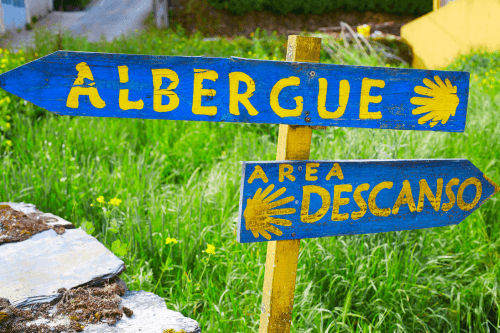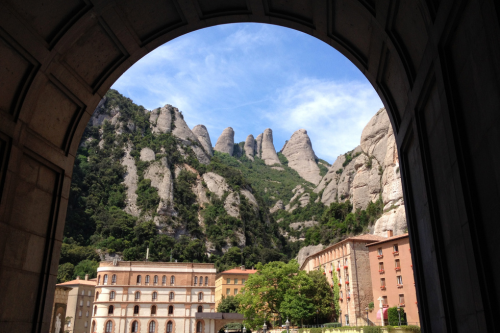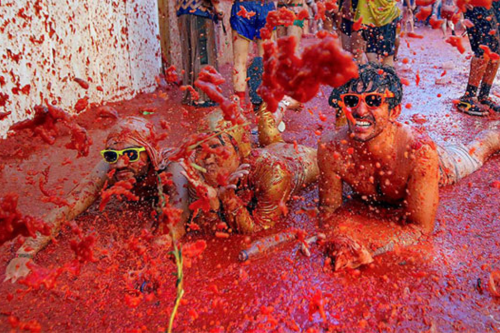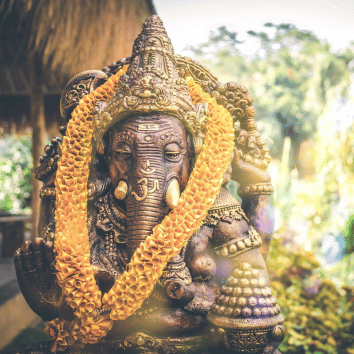La Tomatina is one of Spain’s most iconic and unique festivals. It’s a massive tomato fight that takes place every year in the small town of Bunol, in the Valencia region, typically on the last Wednesday of August. The festival has a long history, dating back to 1945, and has grown into a major global event, drawing tens of thousands of people from all over the world.
At its core, La Tomatina is all about fun and chaos. Participants throw ripe tomatoes at each other in the streets, resulting in a colorful and messy spectacle. The town of Buñol transforms into a battleground of smashed tomatoes, with people laughing, slipping, and getting completely covered in squishy red fruit. It’s a release of energy and a celebration of spontaneity, attracting people of all ages.
Anyone can join in the fun, since the event has become so popular, La Tomatina now operates under a ticketing system to control the crowds.
Before the fight begins, people gather in the town’s main square, and there’s an excitement that builds as everyone prepares for the battle. It’s common for people to wear goggles, old clothes, and even plastic ponchos to protect themselves from the tomato squishing.
In Spain, people tend to have a more relaxed approach to time. Punctuality isn’t as rigid as it might be in other countries. Arriving too early or stressing about being late can make you seem out of sync with the local pace. As long as you're not extremely late, most people will understand. The key is to adapt to the laid-back rhythm of life.
Madrid is home to some of the world’s greatest art collections, and Museo del Prado is a must-see for art lovers. It houses works from famous Spanish painters like Velázquez Goya, and El Greco, as well as masterpieces from artists like Bosch and Rubens. The museum is vast, so it’s worth planning your visit around specific artists or rooms that interest you most

The Camino de Santiago, or the Way of St. James, is a historic pilgrimage route in Spain that has been walked for over a thousand years. It leads to the Cathedral of Santiago de Compostela in Galicia, where tradition holds that the apostle St. James is buried. The Camino is not just a physical journey, but a spiritual and cultural one, attracting people from all over the world. There are many routes, with the Camino Francés being the most popular, stretching around 800 kilometers from the French border. Along the way, pilgrims experience reflection, self-discovery, and tradition, with a rich history and deep spiritual significance. Challenge yourself physically and spiritually on this trail.
The tradition of tapas dates back centuries and varies regionally across the country. These bite-sized servings can include a variety of ingredients like olives, cheese, cured meats, and even more elaborate dishes like patatas bravas or gambas al ajillo. Tapas are often shared among friends or enjoyed during leisurely outings, and in many places, they’re served for free with a drink. The custom has evolved into a vibrant part of Spanish dining culture, turning meals into communal experiences that highlight the country’s culinary diversity.
A popular, refreshing beverage made with red wine, fruit, and sometimes other ingredients like brandy, soda water, or sweeteners. While its exact origins are debated, it’s widely enjoyed across Spain, especially in the summer. Different regions of Spain might have their own variations, with some using white wine (known as sangría blanca) or adding unique local fruits and spices. It’s a quintessential part of Spanish dining and social life, often served during tapas or at celebrations.
Located in the heart of San Sebastián in the Basque Country, this is one of Spain's most iconic and beautiful urban beaches, with the lush Monte Urgull towering over one side and the serene Monte Igueldo on the other. The beach has calm, sheltered waters making it perfect for swimming and relaxing, while the promenade that runs alongside offers a lively atmosphere.

The Catalan independence conflict revolves around Catalonia's desire for greater autonomy or independence from Spain. Catalonia, with its distinct language and culture, has sought more self-governance for years. Tensions peaked in 2017 when Catalonia held an illegal referendum on independence, leading to a harsh response from the Spanish government. While many Catalans see independence as a fight for cultural and political freedom, others in Spain view it as a threat to national unity. The issue remains deeply divisive and unresolved.
With all that info, you're ready to start your Spanish adventure! Pack your curiosity, your sunscreen, and of course your 1Cover Travel Insurance. It's the one thing you need when one thing goes wrong.
Find out more insider tips about other destinations: read our "One Thing" series here.
Milford Sound, Lake Wanaka - sure.
How about our other ideas.
Exotic beaches resorts, tea production yes...but don't head to Sri Lanka without reading our tips.
The Big Apple, Hollywood...or not. Maybe you'll be surprised what we suggest to do on your USA adventure.



